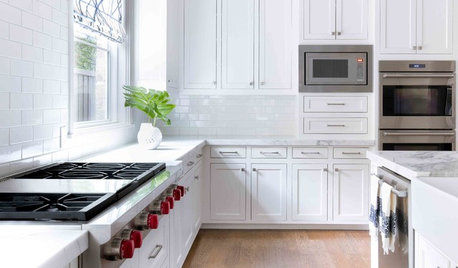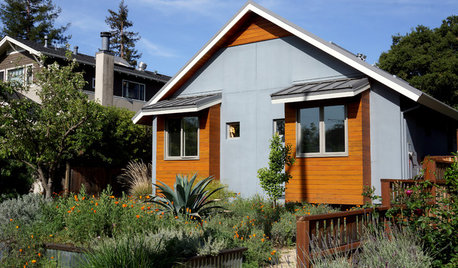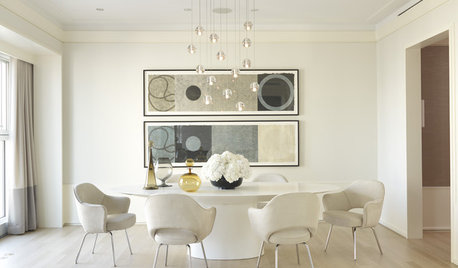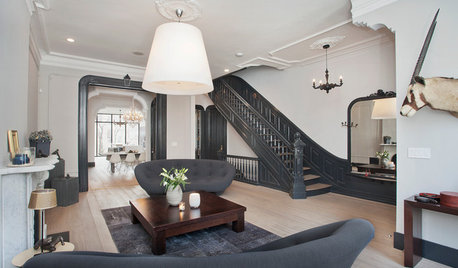Multi-location dimming, LEDs, minimum load...
doofus
14 years ago
Related Stories

LIGHTINGWhat to Know About Switching to LED Lightbulbs
If you’ve been thinking about changing over to LEDs but aren't sure how to do it and which to buy, this story is for you
Full Story
LIGHTINGThe Lowdown on High-Efficiency LED Lighting
Learn about LED tapes, ropes, pucks and more to create a flexible and energy-efficient lighting design that looks great
Full Story
FEEL-GOOD HOME10 Ways to Fight Pollen at Home
Keep sneezing and stuffiness to a minimum by making your house as pollen free as possible
Full Story
KITCHEN APPLIANCES9 Places to Put the Microwave in Your Kitchen
See the pros and cons of locating your microwave above, below and beyond the counter
Full Story
CONTEMPORARY HOMESMy Houzz: Living Simply and Thoughtfully in Northern California
Togetherness and an earth-friendly home are high priorities for a Palo Alto family
Full Story
HOUZZ TOURSHouzz Tour: A Soothing Retreat in the Heart of Chicago
A former office space is renovated into a luxurious second home for an Illinois family
Full Story
PATIO OF THE WEEKWater and Fire Mingle in a Canadian Front Yard
If the illuminated moat winding through this Ontario patio doesn't dazzle you, the 8-foot-wide fireplace will
Full Story
EARTH DAYGrow a Beautiful Garden With Ecofriendly Greywater
Reducing home water waste means lower bills and a healthier planet. Here's how to set up a greywater home irrigation system that can help
Full Story
REMODELING GUIDESHouzz Tour: Baroque Minimalism in New Jersey
Modern furniture meets ornate elements in a 19th-century Hoboken brownstone, renovated with respect for its original features
Full Story
FIREPLACESUpdated Woodstoves Keep Home Fires Burning
Better technology means more efficiency than ever for modern woodstoves
Full Story








kurto
doofusOriginal Author
Related Professionals
The Crossings General Contractors · Fridley General Contractors · Gallatin General Contractors · Great Falls General Contractors · Hartford General Contractors · Riverdale General Contractors · Vienna Handyman · Coachella Solar Energy Systems · Lake Mary Solar Energy Systems · Western Springs Solar Energy Systems · Hollywood Home Automation & Home Media · Oak Hill Home Automation & Home Media · Saint Augustine Home Automation & Home Media · Saint Augustine Home Automation & Home Media · San Pablo Home Automation & Home Mediamike_kaiser_gw
davidrt28 (zone 7)
Tom Pultz